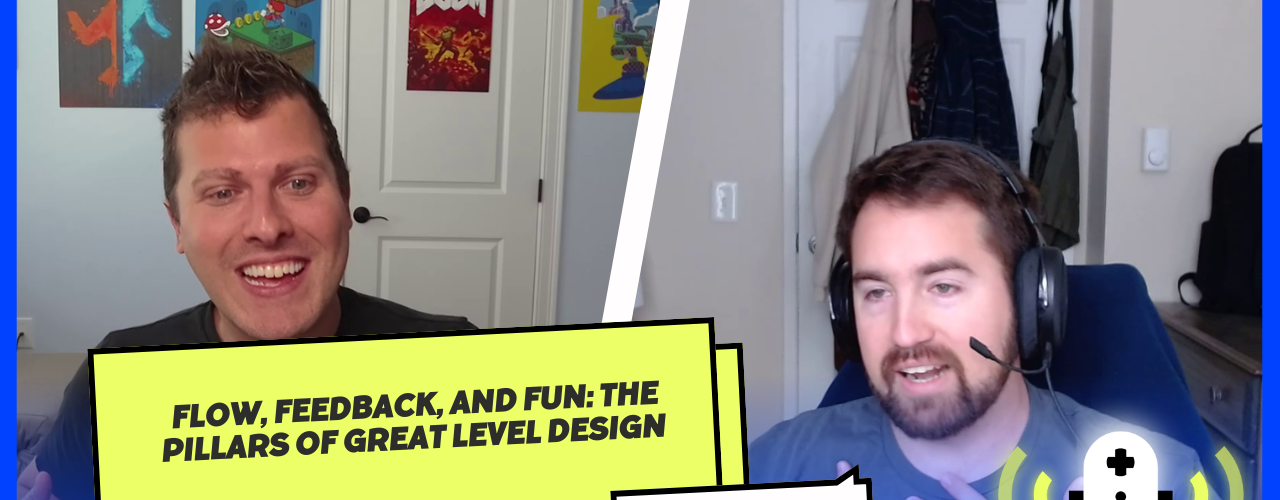About this Episode
In the latest episode of the Player Engage podcast, I had a great conversation with Jack Burrows, a level designer at NetEase. With experience at industry giants like Treyarch and Activision Blizzard, Jack has worked on some pretty big projects, including the highly anticipated Marvel Rivals. We dug deep into what it takes to design engaging and memorable levels in video games. Here are some straightforward takeaways that anyone in game design should keep in mind.
View on Zencastr
1. The Importance of Flow in Level Design
One of the big themes Jack emphasized was the concept of “flow” in level design. For Jack, flow is about creating a seamless and immersive experience where players feel naturally guided through the game. He pointed out how older games like Crash Bandicoot and Spyro the Dragon managed to maintain this flow from start to finish. The key is avoiding those jarring moments that break immersion, like awkward controls or frustrating design elements. As Jack put it, flow is king in level design.
2. Adapting Levels for Different Gameplay Styles
Jack also discussed the challenges of designing levels that accommodate various gameplay styles, especially in games like Marvel Rivals. In such games, players control characters with vastly different abilities—think Spider-Man’s agility versus the Hulk’s brute strength. Jack’s approach is to start by understanding the objective of the game mode, such as capturing points or defending areas. From there, it’s about ensuring the environment supports different play styles, allowing all characters to shine in their own way. This requires a lot of playtesting to fine-tune the balance and make sure the levels work well for everyone.
3. The Role of Feedback in Game Development
During our chat, Jack touched on the importance of feedback in refining game design. He expressed frustration that professional feedback can sometimes be scarce, even from peers in the industry. Jack believes in the value of honest, constructive criticism to help improve the game. He mentioned how he actively seeks feedback, whether through direct requests on LinkedIn or discussions in Discord. For Jack, creating a great game is a collaborative process, and getting input from others is crucial to finding and fixing issues early.
4. From QA to Level Design: Jack’s Journey
Jack’s path to becoming a level designer wasn’t a straight shot. He started in quality assurance (QA), grinding through long hours and intense schedules. But Jack used this time to network and learn, talking to people across different departments to understand the bigger picture of game development. He shared how he learned the tools and skills needed for level design by taking the initiative, like learning Treyarch’s game engine during his breaks. Jack’s story is a solid reminder of how determination and seizing every learning opportunity can open doors.
Final Thoughts
Jack Burrows brings a lot of passion and insight to the table, making it clear that great level design is about more than just creating a space—it’s about crafting an experience. His emphasis on flow, understanding player needs, and valuing feedback are lessons that can benefit any game designer.
For more in-depth insights, including Jack’s thoughts on his favorite game levels and what drives his passion for creating immersive game worlds, check out the full episode. It’s packed with valuable nuggets that any aspiring game designer will find useful.





